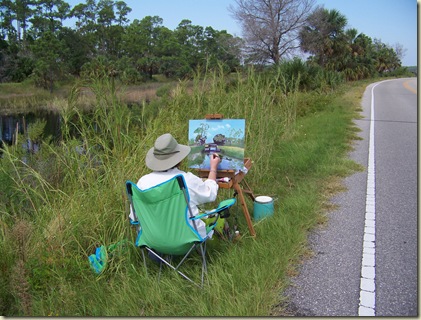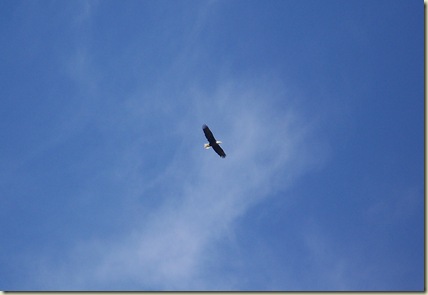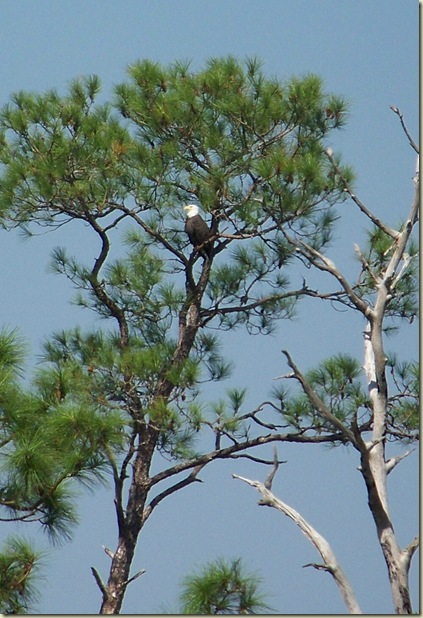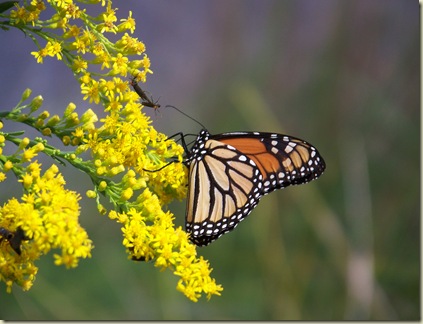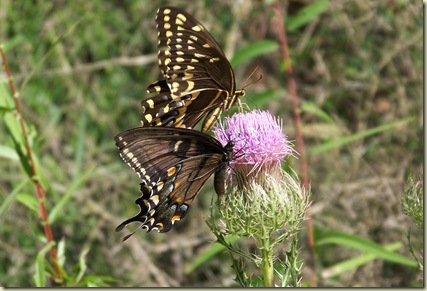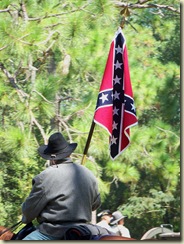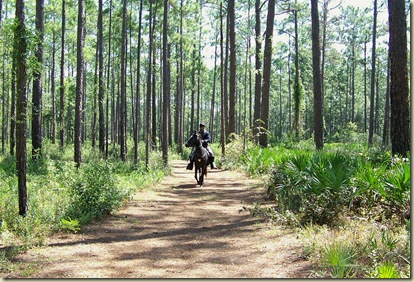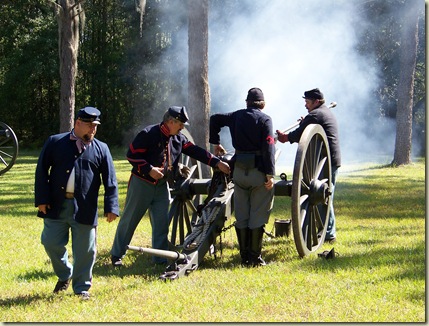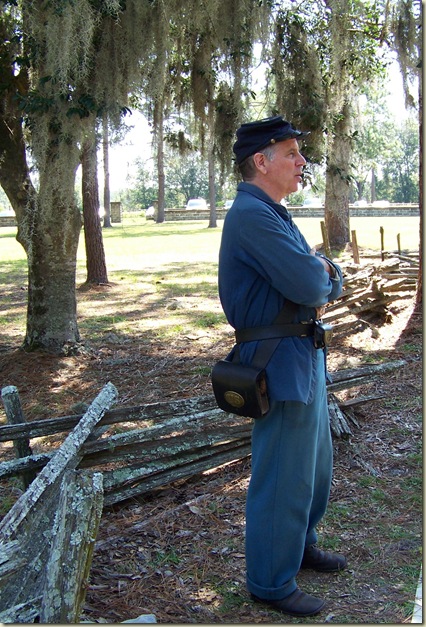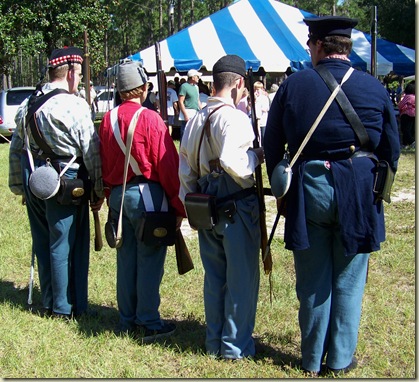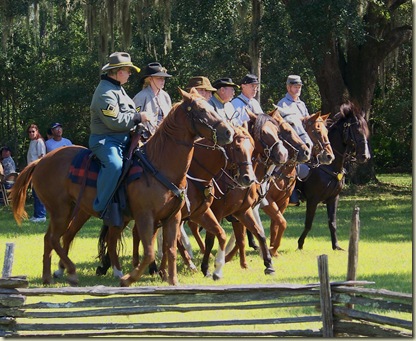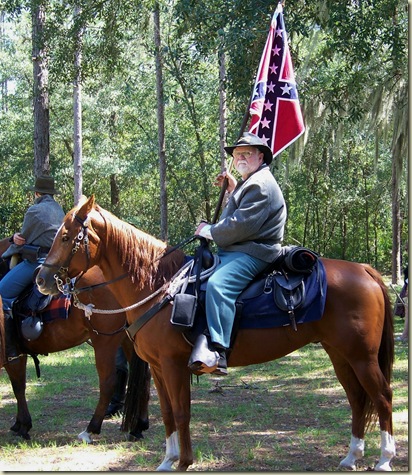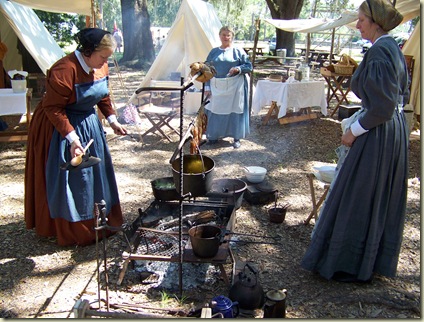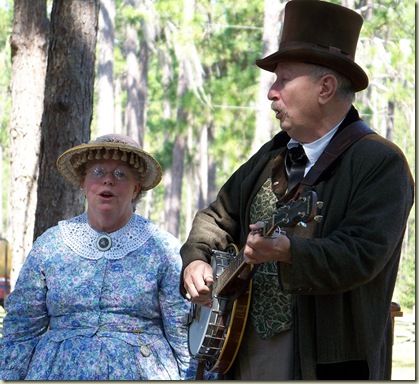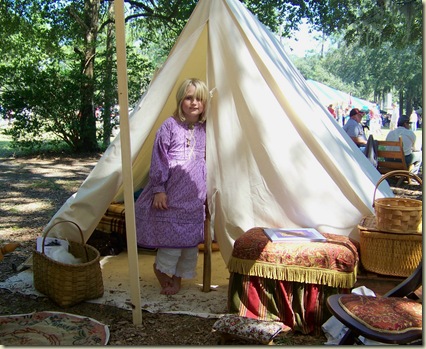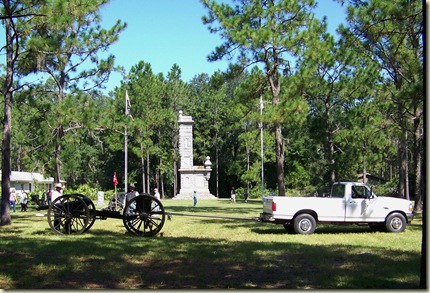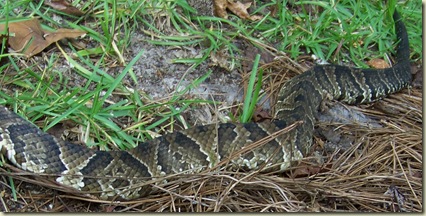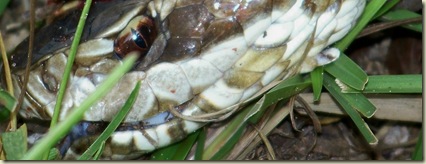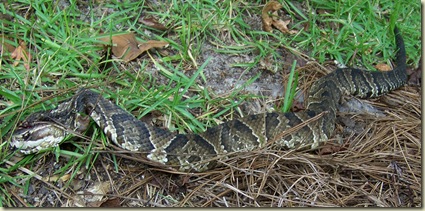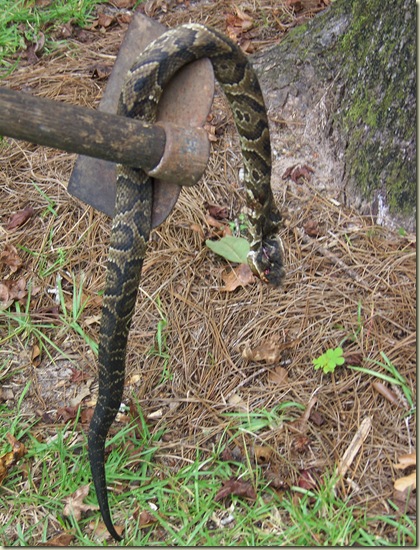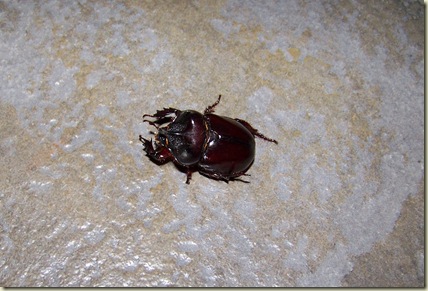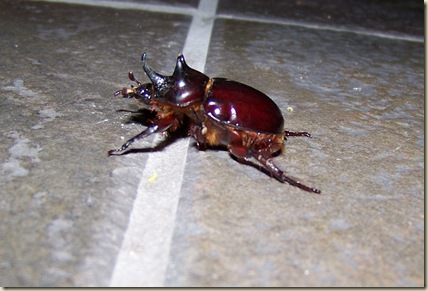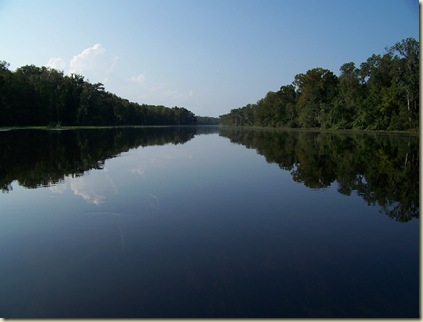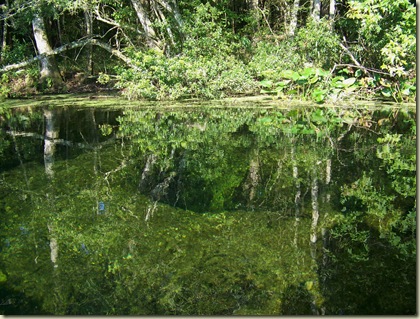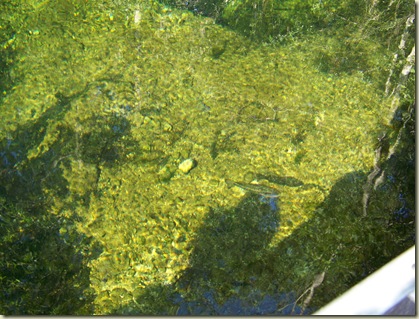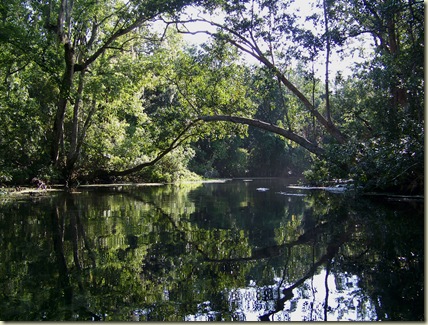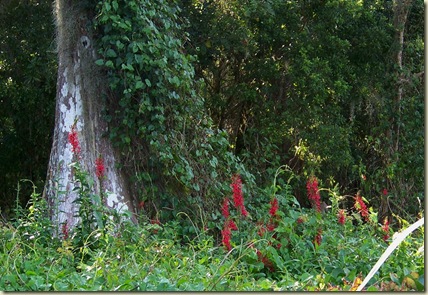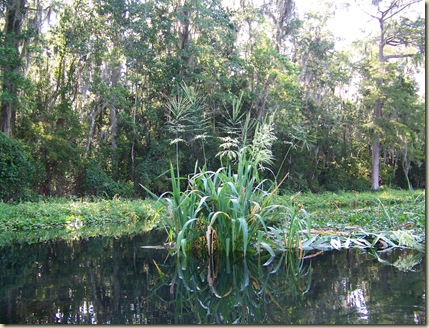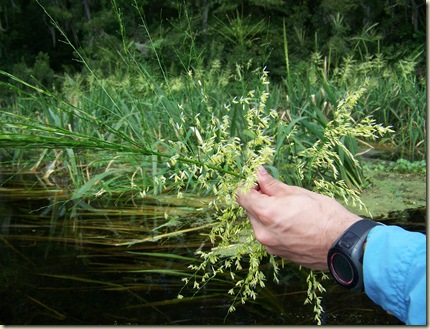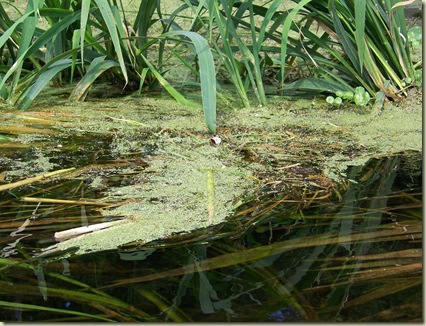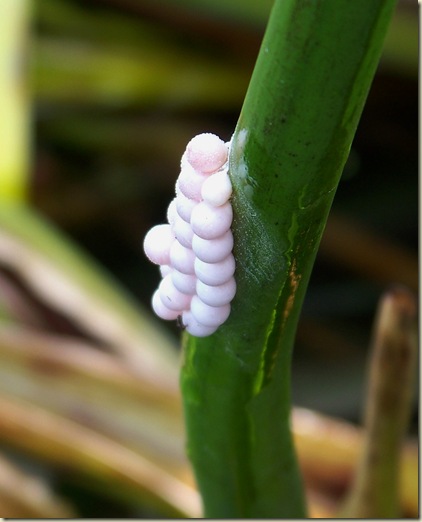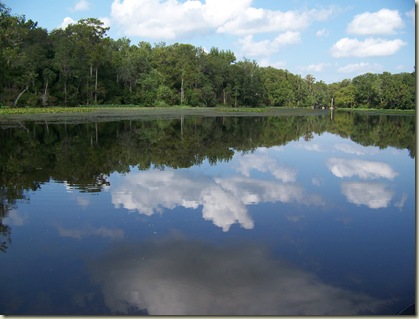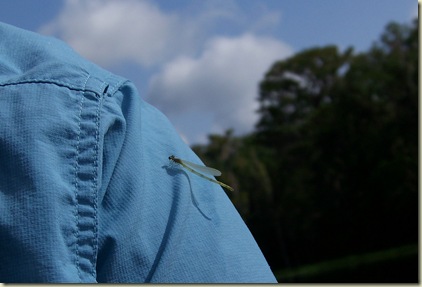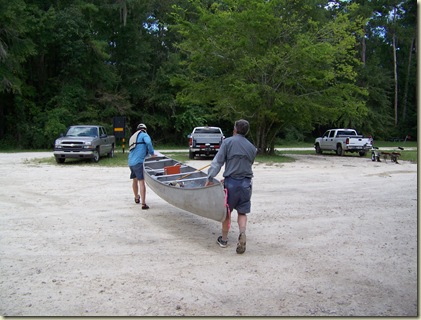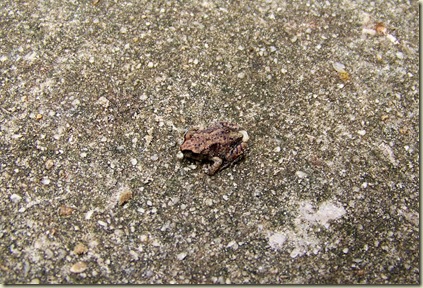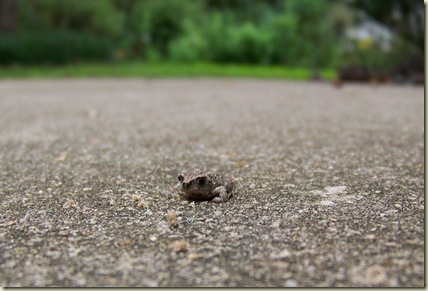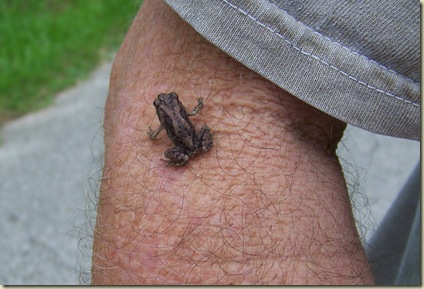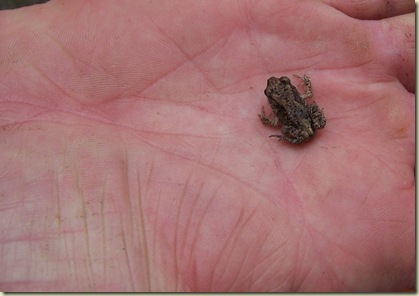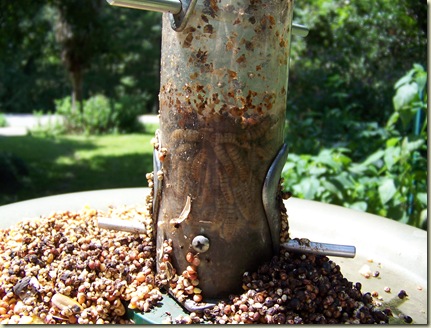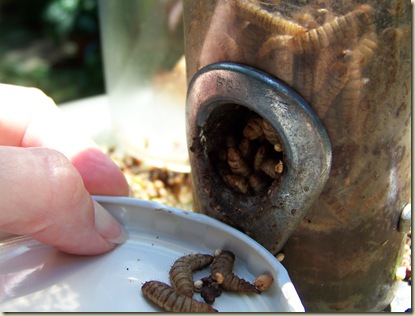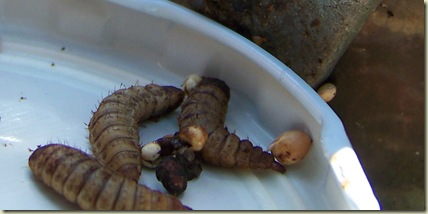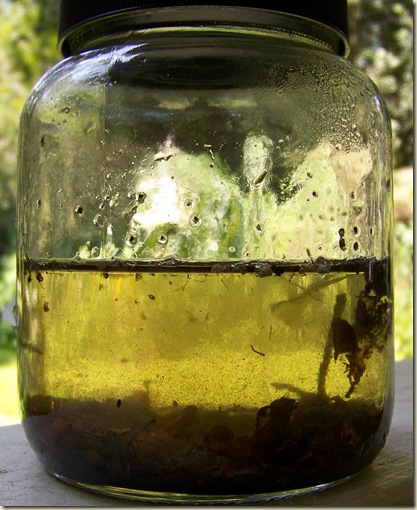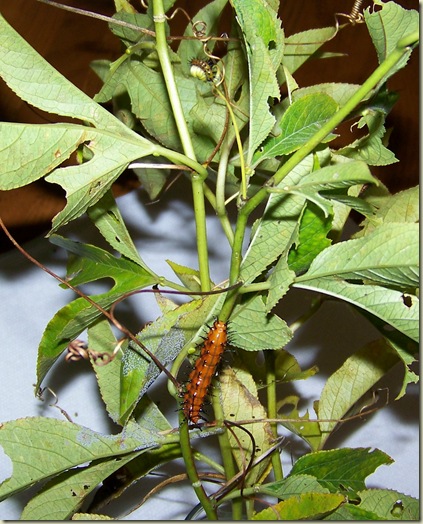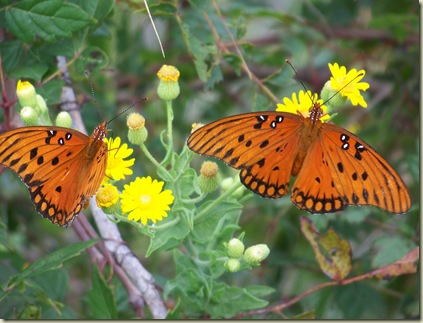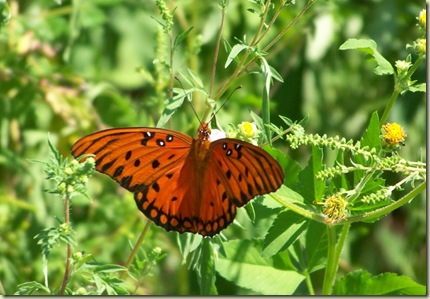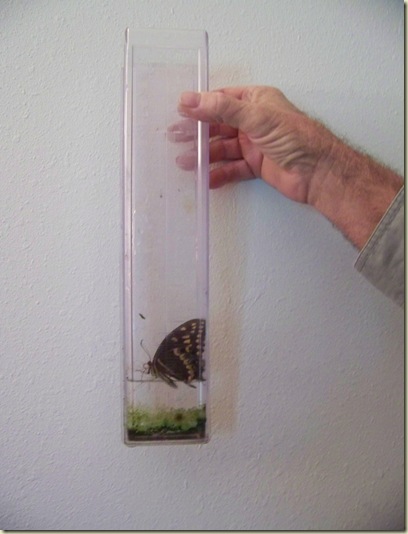We went down to St. Marks after church on Sunday. There were artists scattered about painting "en plein air", which simply means painting outside. The acrid smell of turpentine was in the air! But the smell always symbolizes creativity in the form of oil painting to me.
We saw three bald eagles, though two may have been the same. The mature one in flight was gorgeous in the bright blue sky. The sun was shining through its white feathers.
There was an immature one circling near it. It did not have all the white feathers but still had the same form and huge beak.
This one may have been the same as pictured above. It was near the nest that can be seen from the road.
That is where I took the picture of the tree, thinking I was photographing an eagle the last time we were down there!
The butterflies were numerous along the roadside. I took these pictures last year so I did not feel the need to try this trip. There will be more the next time we go there in October as they take off from our shore on their annual migration to Mexico.
But the strangest thing was that on the way down there, B had noticed two turkey vultures on the other side of a water-filled ditch by the road. We stopped and saw that they were attracted to a black carcass. With binoculars, we were able to see that it was covered in hair and flies and some of the hair was quite long. The head nor legs were not at all visible. We looked and looked trying to decide what the animal was and decided on either a small bear or a medium-sized hog. We made note of how to find it when we came back through.
On the way back, we did stop at the spot and got out and searched and searched. But the carcass was nowhere to be found. Every once in a while, the smell could be picked up, but the carcass was gone. Our guess is that a gator had a large meal in that ditch yesterday but neither of us was inclined to wade in there to find out for sure.
